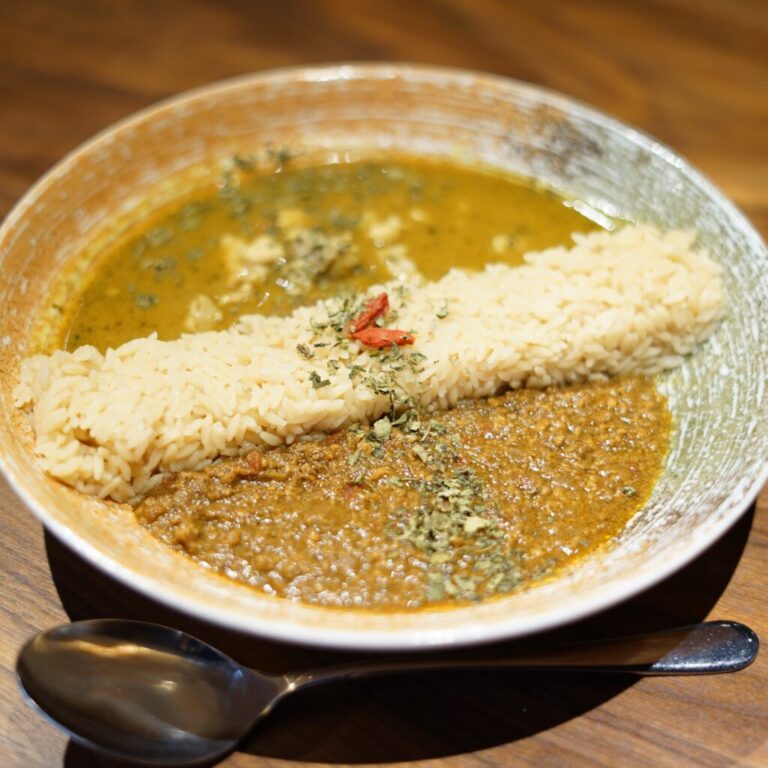Allspice gives off a pleasant, warm aroma. It also has a pungent flavor similar to a tangy compound.
Most of the aroma is found in the husk, not the seeds. Hand-picked when the plump berries are still green, the berries turn reddish brown after allowing the water to evaporate for a few days and then drying on a black concrete platform for up to a week.
History of Allspice
Allspice is a relatively new spice. It spread to Europe and other parts of the world during the Age of Exploration when the adventurer Columbus discovered it growing on islands in the Caribbean Sea.
Diego, a physician who accompanied him, called it pepper, and so the Spanish name for allspice became pimienta (meaning “pepper”). There is a story that for a while it was difficult to distinguish between allspice and pepper.
The name was later changed to Jamaican pepper, as the Jamaican pepper was and still is of the highest quality.
What is now called allspice was invented by the English botanist John Wray.
It means a spice that has the aroma of clove, cinnamon, and nutmeg.
It has long been used as an antiseptic and seasoning in areas where it originally grew wild. The Mayan civilization is a famous example.
Medicinal Effects of Allspice
Allspice has a number of medicinal properties, some of which are introduced below.
(1) Antibacterial action
Eugenol is a component of allspice that is responsible for its aroma.
It is also found in cloves, cinnamon, and bananas.
Eugenol has strong antibacterial properties, which is why it was used as an antiseptic during the Mayan civilization. It has also been used as a preservative when added to food.
(2) Anti-inflammatory action
Eugenol, mentioned earlier, is also thought to have anti-inflammatory properties.
It also contains cineole, which is also thought to have anti-inflammatory properties.
This ingredient has been reported to have anti-inflammatory and allergic effects, with much research being conducted to treat respiratory inflammatory diseases such as asthma and bronchitis, as well as allergies. However, the medical effects of cineole cannot be expected from the amount of allspice added to a dish, but the relaxing effect of the aroma and its effect on inflammation in the body can be expected.
(3) Digestion promotion
Sionere can stimulate the secretion of bile, which aids in the digestion and absorption of fat, and eugenol can help regulate the gastrointestinal tract, which is useful in the event of digestive upsets.
No major side effects have been identified with allspice, but one should never take too much of anything.
It is important to consume it gradually and continuously, so be careful not to consume it in large quantities.
How to cook and store allspice, etc.
Long before Columbus discovered the Americas, the inhabitants of the Caribbean islands used allspice to preserve meat and fish.
The Spanish learned from them and used allspice in marinades such as escabeche.
Jamaica has a spicy spice mix called jerk seasoning paste, and allspice is still an important main ingredient in it.
This is rubbed into meat and seafood and baked as a specialty.
In Europe, it is used as a spice for pickles and mulled wine.
It is a valuable spice that is imported from Jamaica almost without exception even today, but it has a moderate aroma and can be used in a variety of dishes, so please give it a try.
Fanally
How did you like the allspice we introduced this time?
Some of you may have misunderstood the name because it sounds like a mixed spice. Even if you buy it whole, it is a very easy-to-use spice that is very easy to grind.
We encourage you to try using it whole for its long-lasting aroma.
Next time, fenugreek. Fenugreek is a spice that uses both seeds and leaves like coriander. Please look forward to it.





